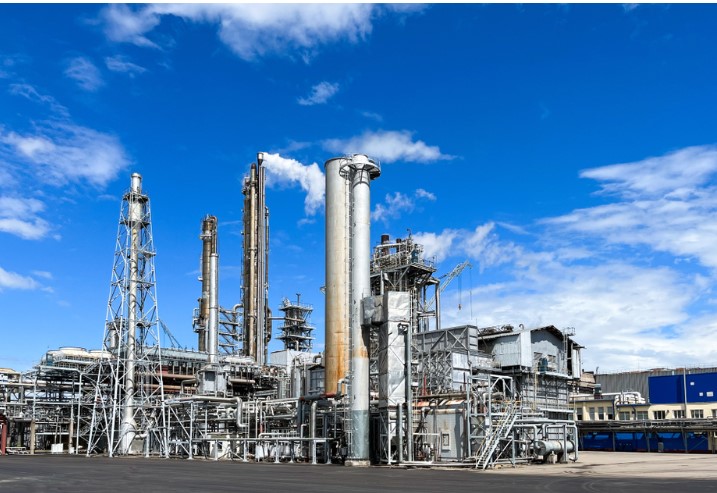Continuous Ammonia Production from Air
An integrated system with a cascading plasma electrochemical process to generate ammonia at room temperature and pressure, using water as the proton source, significantly lowering the carbon footprint while providing the highest ammonia production rate among the reported literature.
Ammona synthesis is a fundamental reaction for the production of fertilizer to meet agricultural demand for promoting plant growth and increased crop yields. Ammonia production requires a significant source of hydrogen, which originates from fossil fuel consumption to generate hydrogen gas. Current ammonia synthesis employs the Haber-Bosch reaction, using nitrogen gas as the feedstock for the nitrogen atoms. Nitrogen gas is composed of the most stable atomic bond, the triple bond, and thus requires harsh reaction conditions to achieve the energy to break the triple bond to form ammonia. As such, the Haber-Bosch reaction necessitates high pressure and high temperature inputs, mandating a large carbon footprint. Room temperature and pressure ammonia synthesis has been a research goal for decades to replace the Haber-Bosch extreme reaction conditions while producing a commercially viable ammonia production rate.
This University at Buffalo invention offers a green chemistry alternative to the Haber-Bosch process, driving ammonia synthesis with hydrogen from ambient air and no requirement for high pressure or temperature. The system employs a cascading plasma electrochemical process to generate ammonia at room temperature and pressure, using water as the proton source for ammonia production instead of the hydrogen gas used in the Haber-Bosch process. With this invention, ammonia production can be done in a factory setting or reduced to a portable on-demand generator with the addition of solar panels for energy.
 Source: yarm_sasha, https://stock.adobe.com/uk/417097825, stock.adobe.com
Source: yarm_sasha, https://stock.adobe.com/uk/417097825, stock.adobe.com
- Continuous operation within an integrated system
- Highest ammonia production rate among reported literature
- Rapid cycling of ammonia production on and off
- Green chemical synthesis process through reduced carbon footprint
- Two potential modes of use - large scale industrial production and independent remote production coupled with solar panels and a water source
- Commercial ammonia production in a factory setting
- Stand-alone format with ancillary augmentation for on-demand ammonia production
- Production of hydrogen fuel for tractors, ships, and other isolated transportation needs
U.S. Provisional Patent Application 63/655,056 filed on June 2, 2024.
Laboratory demonstration and analytical chemical analysis.
Available for licensing or collaboration.
Patent Information:
| App Type |
Country |
Serial No. |
Patent No. |
Patent Status |
File Date |
Issued Date |
Expire Date |